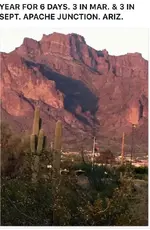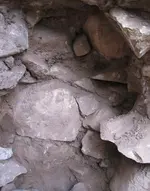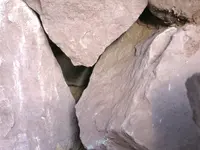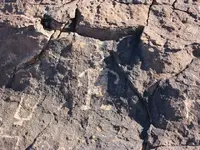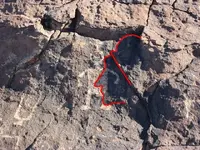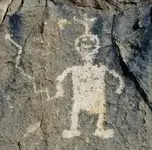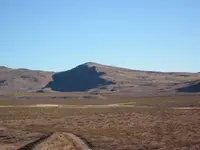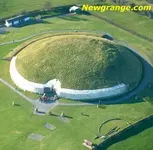PROSPECTORMIKEL
Silver Member
- Joined
- Mar 31, 2011
- Messages
- 2,624
- Reaction score
- 9,424
- Golden Thread
- 0
- Location
- N/W ARKANSAS
- Detector(s) used
- FISHER
- Primary Interest:
- All Treasure Hunting
I know that some of you are probably familiar with this shot and the story behind it.
For the rest of you...
This is a bluff that I sat on, while photographing the valley below it.
I didn’t know it, at the time, but the bluff is a skull [emoji88], as seen from the right side. The eye socket is part of a pointer and has a shadow dog and sun lit face, with long hair streaming over the edge of the bluff.
It was taken as an afterthought, as I was leaving. It was the day before or after the spring equinox, purely by accident, and it took me several years to figure it out. And several years later, Weekender photographed it’s confirmation, also without noticing it for several months.
Outside of a few days each side of the equinox, the shadow dog and sunlit face, are not visible at all.
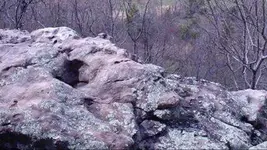 ,
,
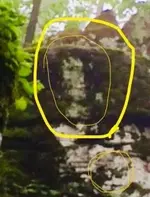 ,
,
The two photos were taken approximately two miles away from each other, years apart, and by two different people.
I don’t believe in coincidence, anymore.
I do believe in taking lots of photos!!!
#/80{>~
For the rest of you...
This is a bluff that I sat on, while photographing the valley below it.
I didn’t know it, at the time, but the bluff is a skull [emoji88], as seen from the right side. The eye socket is part of a pointer and has a shadow dog and sun lit face, with long hair streaming over the edge of the bluff.
It was taken as an afterthought, as I was leaving. It was the day before or after the spring equinox, purely by accident, and it took me several years to figure it out. And several years later, Weekender photographed it’s confirmation, also without noticing it for several months.
Outside of a few days each side of the equinox, the shadow dog and sunlit face, are not visible at all.
 ,
, ,
,The two photos were taken approximately two miles away from each other, years apart, and by two different people.
I don’t believe in coincidence, anymore.
I do believe in taking lots of photos!!!
#/80{>~



